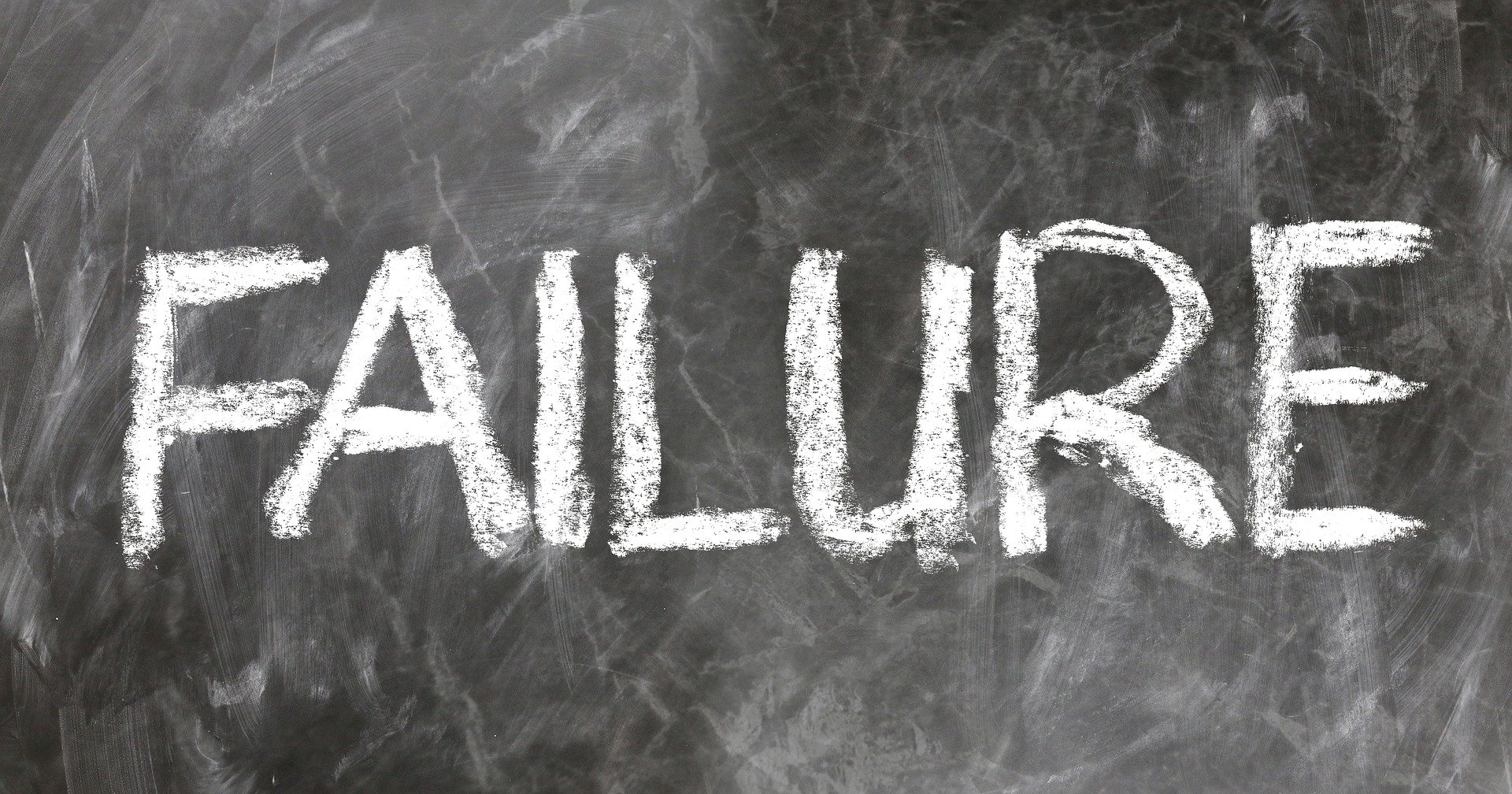
By Linda Fisher Thornton
This post is an update of a reader favorite.
Understanding What Causes Ethical Leadership Failures
Ethical leadership failures can be caused by different types of problems that may compound. Some of these problems are individual and others may be embedded in the organizational culture. In 7 Lenses, I describe the kind of proactive ethical leadership that builds ethical cultures. The book is a road map for how to lead ethically in a complex world. While 7 Lenses is written from a positive perspective to help leaders avoid ethical problems and create ethical cultures, I often get asked “What causes ethical failures? What goes wrong?”
So this week I am exploring that question from two perspectives – that of what individual leaders do (or don’t do) and common organizational problems.
Individual and Organizational Causes
Here is a starter list of some of the factors that can lead to ethical failure. The list includes things that individual leaders do (or don’t do), and things that organizations do (or don’t do) to set a positive example and support ethical thinking and behavior.
These factors are connected, and it is often difficult to isolate just one of them when something goes wrong. See if you recognize any of these happening in your organization.
Individual
Ignoring Boundaries (Ignoring Ethics Codes And Organizational Values That Forbid An Action)
Failing to Use Self-Control (“I Will Do This Even Though It’s Not Allowed”)
Entitlement View (“I Definitely Deserve This Even Though It’s Not Allowed”)
Prominent Personal Values (“I Think This Is Really Fine For Me To Do Even Though It’s Not Allowed”)
Crowd Following (“Everybody Else Is Doing It”)
Lack of Moral Compass (“Nobody Specifically Said That I Can’t Do It, So It Must Be Fine If I Do It”)
Fixation on Profit (“You Can’t Do Anything To Me. I’m Making The Numbers”)
Rushed Decision Making (“We’ve Got To Act Now. There’s No Time To Discuss It.”)
Failure to Stay Competent (“I’m Already A Top Leader. I Don’t Need To Learn”)
Narrow Perspective (“I’m Doing Great. I Just Stay In My Lane.”)
Lack of Attention To Personal Congruence (“Do What I Say, Not What I Do”)
Organizational
Lack of Clarity (“What Does Ethical Mean Around Here?”)
No Ethical Leadership and Behavior Standards (“There Are No Rules About This”)
Oversimplified Rules (“Just Do The Right Thing”)
Lack of Positive Role Models (“Who Is Doing It The Right Way?”)
Lack of Trust (“I’ll Probably Get Fired If I Report It.”)
Vague Training or Coaching (“I’ll Know It When I See It.”)
No Accountability, No Enforcement (“It’s Not Allowed, But Nothing Bad Happens If I Do It”)
No Performance Integration (“We Say We Want Ethics, But We Reward And Promote Based On Sales and Output”)
When Problems Happen, Scapegoats Are Quickly Fired (Instead Of Learning From Mistakes And Fixing The Culture)
Compounding Factors
Keep in mind that ethical failures may or may not be due to just one of these factors, but several that compound to create a ripple effect. Here are a few examples where the problem is worsened due to a combination of factors.
- There are no ethical leadership standards and no positive role models (no way to be sure what to do)
- A leader has an entitlement view and there is a lack of clarity about what ethical leadership means in the organization (it is easier to justify entitlement, when ethical expectations are unclear).
- A leader lacks a moral compass and the organization lacks ethical leadership standards (the leader may act based on personal ethics, which may be slanted toward self-gain).
- A leader has trouble with ethical boundaries and there is no accountability for ethical behavior in the organization (It increases the chances of ethical problems when both the leader and the organization lack clear ethical boundaries).
While individuals may suffer ethical failures on their own, problems within the ethical culture clearly make it harder for individual leaders to stay on an ethical path.
Preventing (or Identifying and Correcting) These Problems in Your Organization
Now imagine what can happen when you have three or more of these factors (and perhaps others not named here) happening at the same time. Each additional factor can make it easier for problems to develop.
Our goal as leaders is to prevent the problems that lead to a failure of ethical leadership. To do that we need to start talking about the dynamics that cause ethical problems and how to keep them from happening in our organizations. How do we start the conversation? Talk candidly with leaders at all levels about issues named above that may have become a problem in your organization. For a detailed conversation guide, see Leading the Conversation About Ethical Leadership. For an understanding of how to manage ethical performance in the organization see Managing Ethical Leadership as a Performance System.

Unleash the Positive Power of Ethical Leadership
© 2009-2024 Leading in Context LLC
